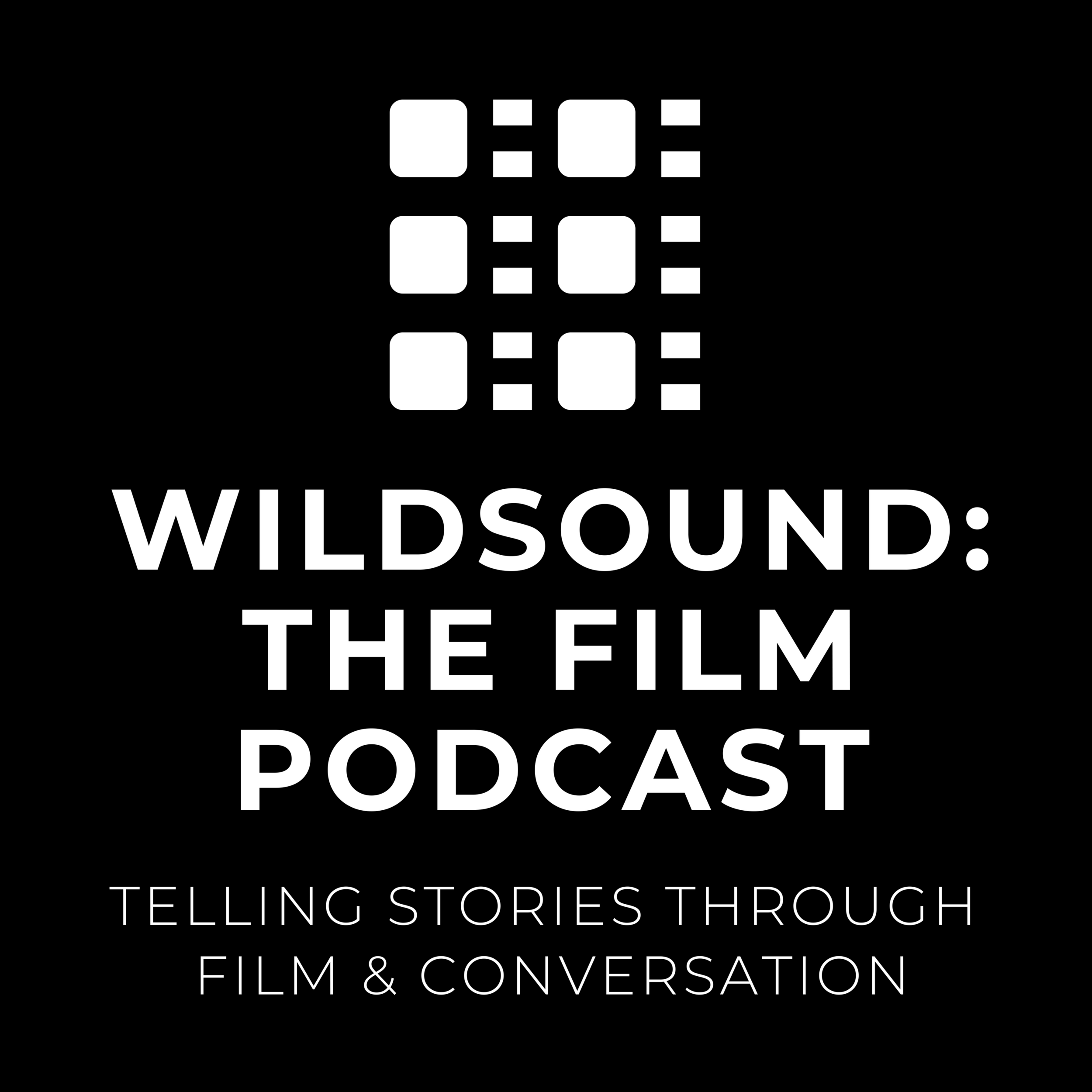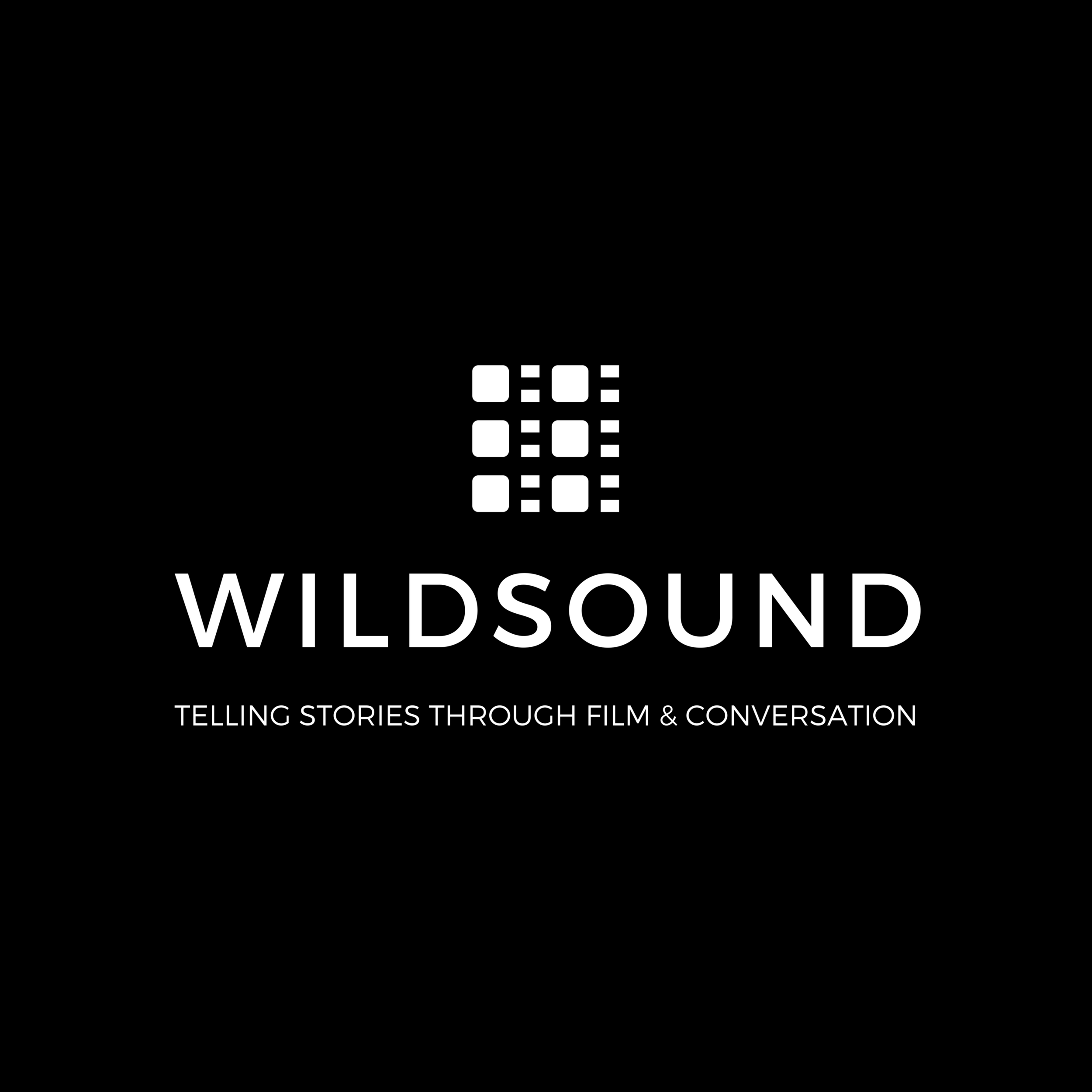Today, on a special episode of WILDsound's The Film Podcast, Matthew interviews Kierston on her previous career in the Film and Television Industry. Find out about a little-known job in the industry called Craft, and how doing it often ends up being a situation where you bite off more than you can chew.
WILDsound's The Film Podcast
In each episode, the C.E.O. of WILDsound, Matthew Toffolo, chats about all things storytelling and film. Conversations with talented individual from all around the world.
This is it! The season Finale of Season one of The Film Podcast. We hope you enjoy Matthew and Kierston's discussion on The Alan Smithee- the great name of Shame of the Film and television world!
show notes
- DEFINITION
- Coined in 1968, and formally discounted in 2000, “Alan Smithee” was a pseudonym used by film directors who wanted to disown a work or their contribution to a work. The idea behind this is that for whatever reason, the director was not able to extend their true creative vision to the piece, thus it is not an example of their work they want to follow them on their resume or be linked to them creatively.
EXAMPLES Fade In aka Iron Cowboy (1968) and City in Fear (1980) both directed by Judy Taylor
Why it is used: When there are extreme conflicts on a set, where a director feels their role is not being utilized, their creative vision not being created, then they do not want their name attached to the work.- It takes away any credit that filmmaker has to claim the work as their own.
- It allows a creative to distance themselves from work that could harm them in the future.
- Coined in 1968, and formally discounted in 2000, “Alan Smithee” was a pseudonym used by film directors who wanted to disown a work or their contribution to a work. The idea behind this is that for whatever reason, the director was not able to extend their true creative vision to the piece, thus it is not an example of their work they want to follow them on their resume or be linked to them creatively.
In today's episode of The Film Podcast, Matthew and Kierston jump into the complex and fascinating world of Utopian and Dystopian fiction. What is the genre exactly? Why does it exist and what purpose does it offer for society and it's consumption of art and culture? Is it possible to have a story be 100% Utopian? What do Utopian and Dystopian worlds do for the audience? In this episode, Matthew and Kiersston talk about these concepts and their implications- using well known examples from the media, and some little known examples you may not have heard from that run through the WILDsound Festival.
Show Notes
- DEFINITIONS:
- Dystopian worlds: are worlds where everything is awful. Something has gone wrong be is technology, ecology, or who knows what- but the world is a horrible place that we don’t want to live in.
- Utopian Worlds: Are the opposite, everything is great, the world is perfect or at least seems so- more often than not, it’s only perfect on the surface.
- Post-Apocalyptic worlds: Are worlds where total disaster has come and gone and the humanity is hanging on by a thread.
GENERAL EXAMPLE: In modern media- Dystopia: think 1984. Utopia: Gattaca (I mean that’s totally debatable) and post-apocalyptic: Think Mad Max
Why it is used: these are three types of narrative structures that all serve to do one of two things - 1) Warn humanity about the danger of the path it’s on 2) give hope to humanity of what the future could hold- both for good and bad. But these three subgenera are all under sci-fi and spec-fi film, which is a whole other topic in itself.




